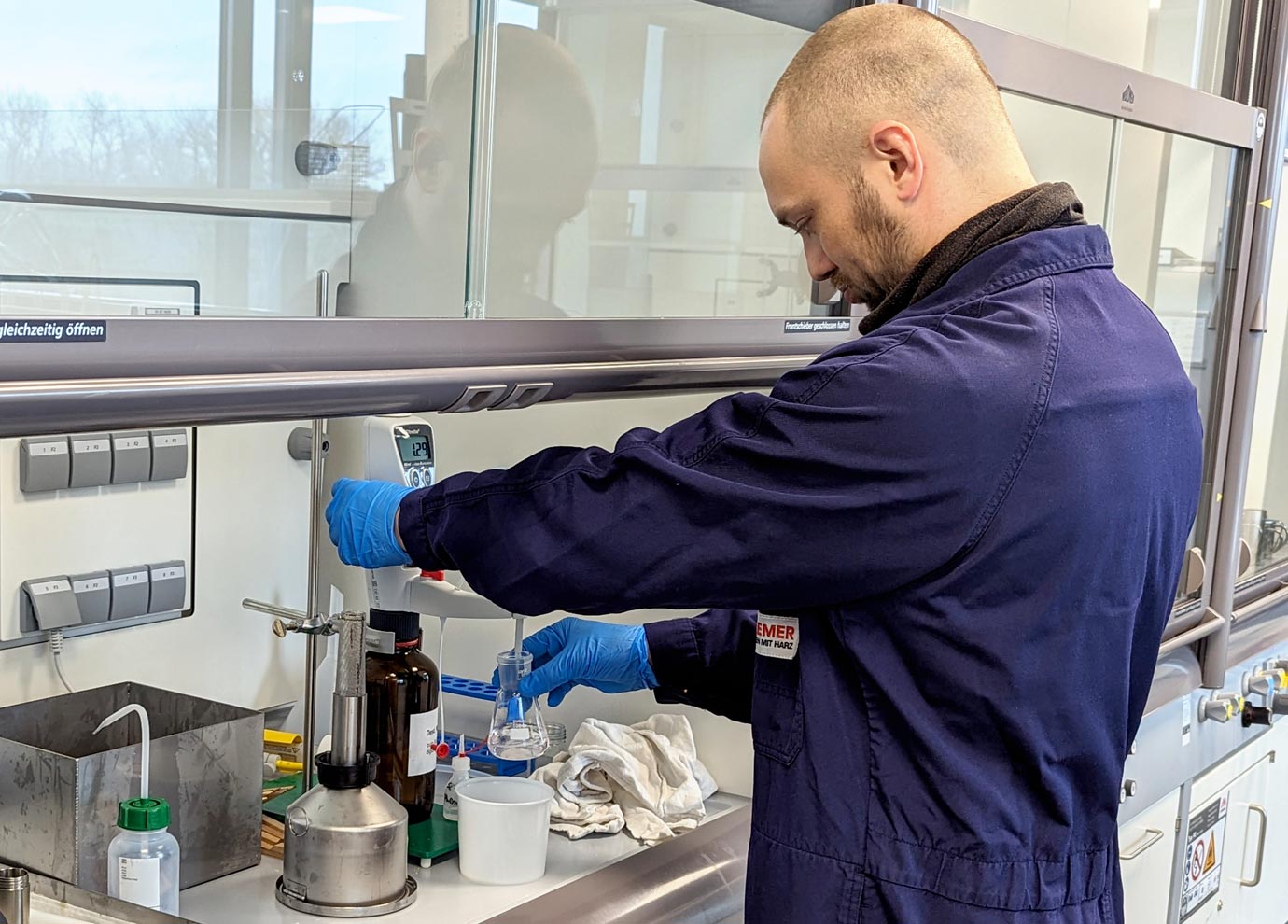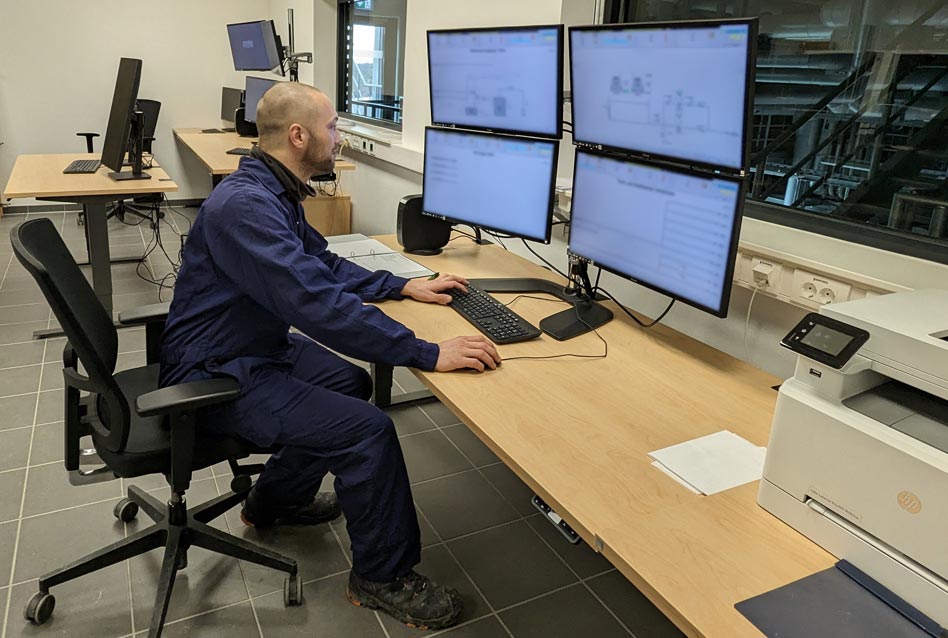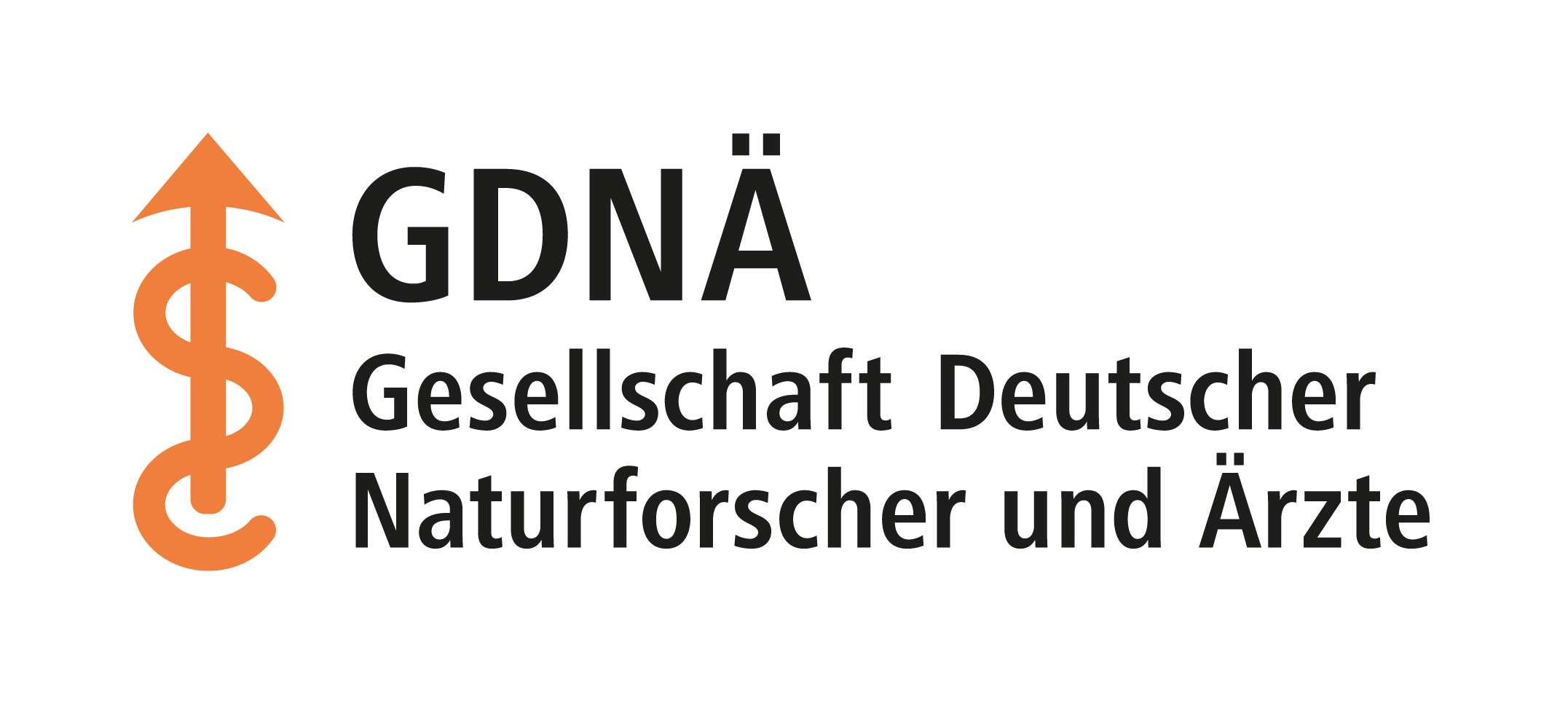“Dare to use YouTube, Instagram and co. more”
Mr Dunkelmann, you joined the GDNÄ at the age of 22 and have been an active member for twelve years. What can the GDNÄ offer young people like you?
It has a lot to offer me. At the conferences, I learn about the latest findings from the natural sciences in three days – in a concentrated, understandable way and presented by the best scientists. I always benefit from this. One example: at the meeting in Mainz in 2014, I heard about non-coding RNA for the first time, which was long misjudged as genetic waste. Only in recent years has its importance as a mastermind of gene regulation been discovered. Especially during the coronavirus pandemic, it was frequently mentioned. For most people around me, this was completely new, but I already had an idea of what was going on.
The 2014 meeting in Mainz was your second GDNÄ conference. The first time you attended was in Göttingen.
Yes, that was in 2012, I had just won a special prize in the national Jugend forscht competition and was allowed to present my invention at the meeting.
What invention?
As a student, I had developed a seal that indicates whether frozen products have been kept sufficiently cold on their way to the supermarket. This is important information for consumers. FrozenSignal, as I called the seal, is neither harmful to health nor the environment. It contains two substances separated by a thin layer. If the temperature rises significantly, the upper substance melts and reacts with the lower one. The initially white seal then turns a rusty brown colour. It is immediately obvious that the product has already been defrosted.
What happened to the idea?
I applied for a patent and held initial marketing talks. Initially there was interest from the industry, but this waned when it became clear that trading companies didn’t want something like this. I didn’t pursue the matter any further.

@ Robert Kraemer GmbH & Co. KG
At the time, you were a student at a specialised secondary school near Bremen and had already completed your training as a chemical-technical assistant. How did your career progress?
After gaining my university entrance qualification, I worked as a laboratory technician for a few years and took care of incoming goods inspection and wastewater analysis at a company in Bremen. Since 2018, I have been working for another company in Rastede that produces binders based on the natural resin rosin. The intermediate product is needed in the industry for the production of paints, varnishes and adhesives. I work in process-related analytics as well as in production and am aiming for a job as an operator in my company’s new chemical plant.
Have you considered going to university in the meantime?
Yes, I actually thought about studying chemistry from time to time. But over the years I realised that I am a practical person. I focussed on that and that was the right thing to do. In my current company, I have good development opportunities and am listened to when I suggest innovations. Together with my bosses and colleagues, I have already been able to optimise some production processes.
You said at the beginning that you would like to contribute more to the GDNÄ. Do you already have concrete ideas?
Yes, I do. One example: in order to reach young people better, it would be important to communicate more via social media such as YouTube, Instagram, Tiktok, Twitch and the like. I know the GDNÄ started doing this at the 2022 anniversary meeting in Leipzig, but there is still room for improvement. One option would be to get science influencers with a wide reach to cooperate. There are great young people at universities who regularly report on their research, their everyday life in the lab and their life as a scientist. With tens of thousands of followers, they reach a very large audience.
An Instagram video lasts a maximum of 60 seconds. Isn’t that too short to convey sophisticated content?
That’s not much time, no question. But it’s always amazing how much essential information can be conveyed in 60 seconds. And if you want more, you can watch longer programmes on YouTube – they can last 15 minutes or more. The most popular science influencers are active on several platforms. And if you want to reach young people today, you have to use these media. Of course, they are also interesting for older people.
What are the advantages?
You can see what is currently on the minds of many people, learn about the art of the short form and practise using social media. They are a treasure trove for the curious; this is where modern knowledge transfer takes place.

@ Robert Kraemer GmbH & Co. KG
On the other hand, social media can easily become a time waster.
That’s true, it’s easy to get lost and that’s why I’ve greatly reduced my Instagram consumption. I now spend no more than an hour a month on the platform. However, I spend two to three hours a day on YouTube. It’s only partly about science, there’s also a lot of music. On the other hand, I hardly ever listen to the radio and I don’t even watch linear television any more.
Doesn’t that quickly put you in a filter bubble? Narrowing your own horizons?
There is a danger of that. That’s another reason why it’s so important to keep in touch with institutions that provide foresight and an overview. The GDNÄ does exactly that and promotes personal contact. This has been a huge benefit for my career.
In what way?
I’m thinking, for example, of the “Meet the Prof” format at the meetings. In these small discussion groups, young people can ask their questions without fear of embarrassment and discuss them with established academics in a friendly atmosphere. This has given me a lot of inspiration and I am convinced that others will feel the same way if they get the opportunity. If you pick up students or young professionals where they are, you can get many of them interested in science – even if they didn’t manage it at school.
Will I see you at the 2024 Assembly in Potsdam?
I’m definitely planning to come. And I’m already looking forward to meeting people from the past and getting to know new ones.

@ Robert Kraemer GmbH & Co. KG
Robert Dunkelmann, production specialist, Youth Research Prize winner and long-standing GDNÄ member.
About the person
Robert Dunkelmann was born in Waren (Müritz) in 1990. He initially went to school in Penzlin in the Müritzer Seenplatte district and from 2000 to 2008 in Ganderkesee in the Bremen-Oldenburg metropolitan region. This was followed by training as a chemical-technical assistant at the Utbremen school centre. Robert Dunkelmann also obtained his technical college entrance qualification there in 2012.
From 2013 to 2018, he worked as a laboratory technician in the incoming inspection/wastewater analysis department at the waste disposal and recycling company Nehlsen Plump GmbH. Since 2018, he has been working in production at the chemical company Robert Krämer GmbH in Rastede. Together with a group of like-minded people, the 33-year-old reconstructs historical chemical production processes in his spare time. He has been a GDNÄ member since 2012.

@ Robert Kraemer GmbH & Co. KG
